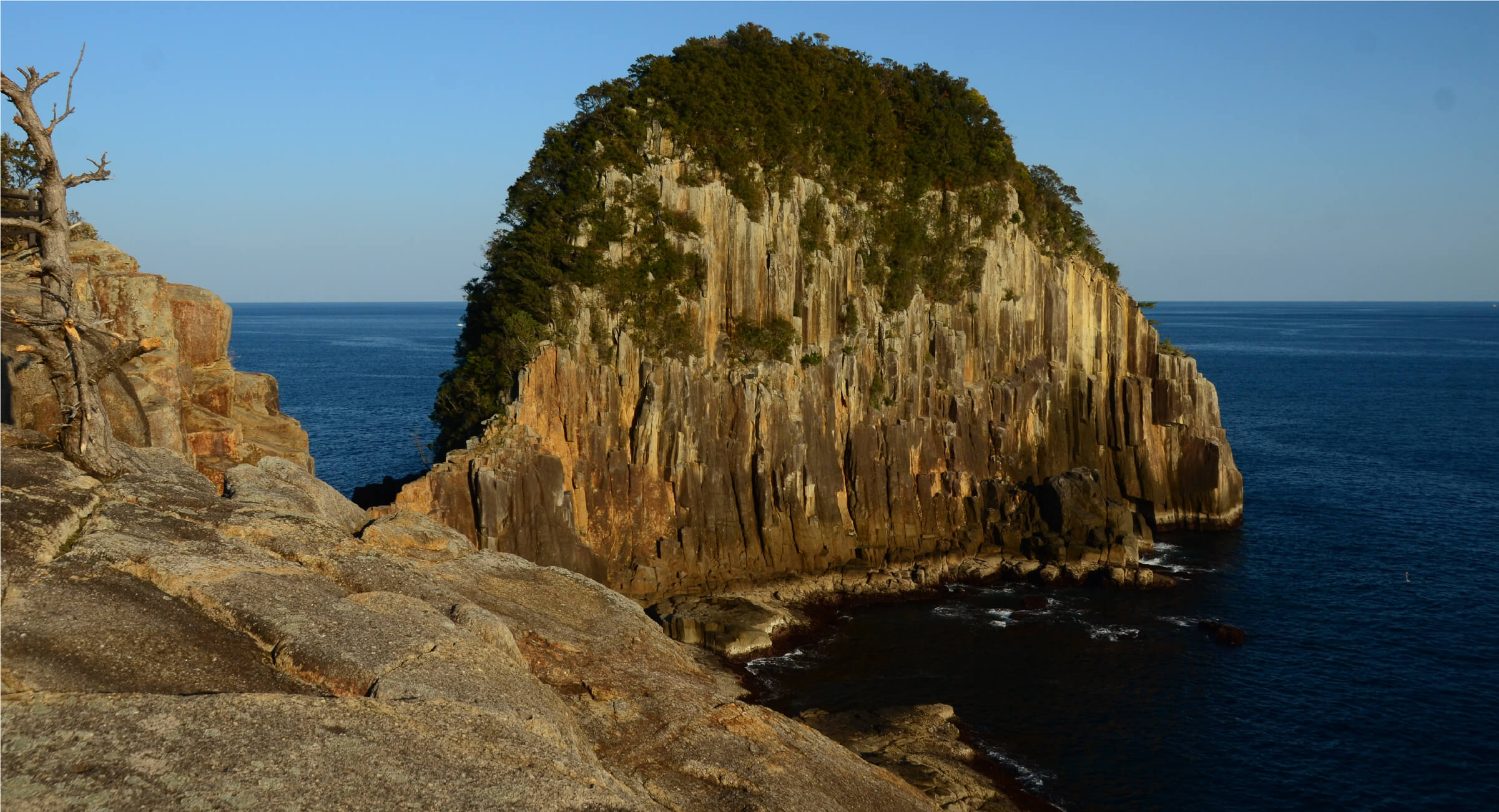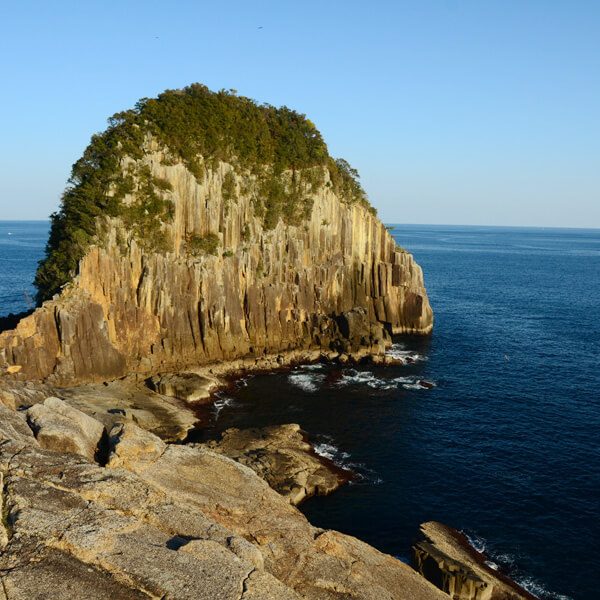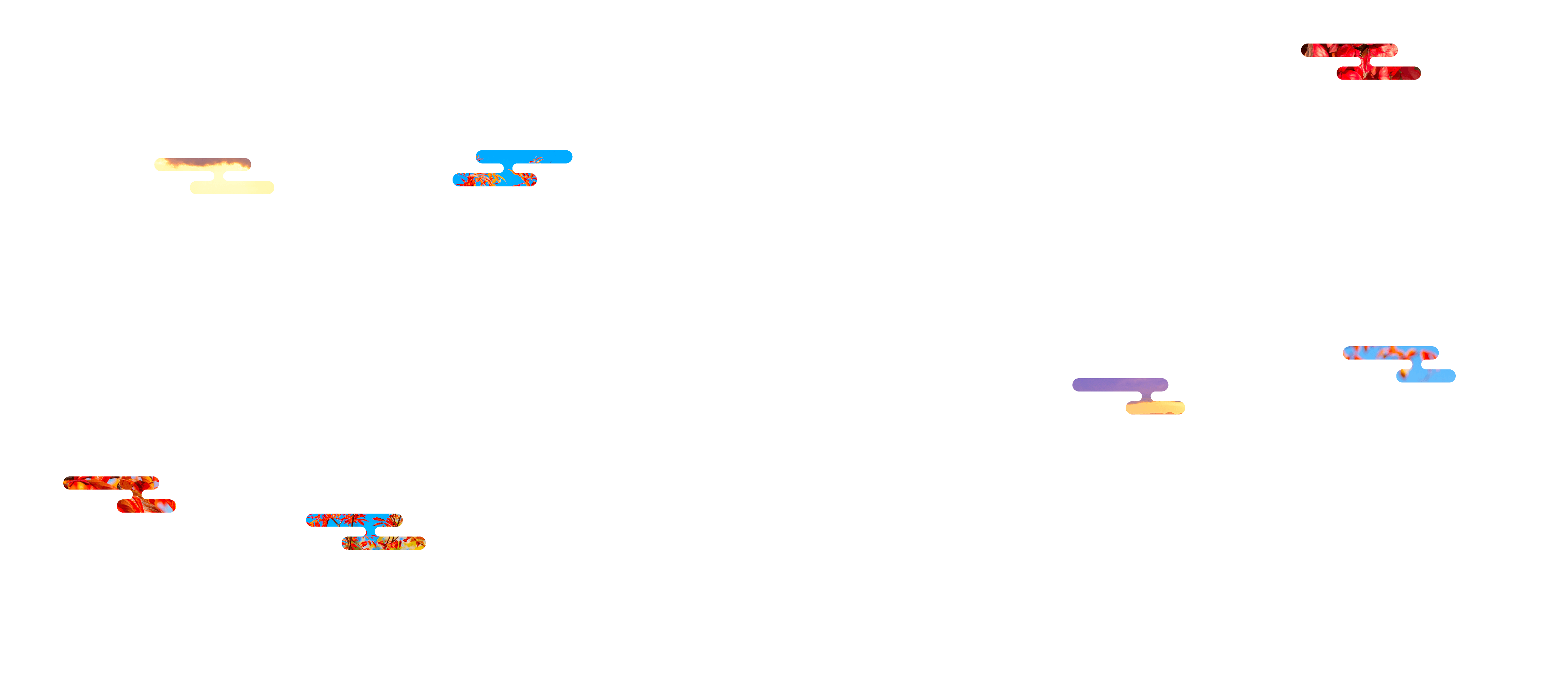Later to become Emperor Jimmu, Japan's legendary first emperor, Kamu-yamato Iware-biko and his three elder brothers launched a military expedition eastward from Hyuga (present-day Miyazaki Prefecture) in search of the best place from which to rule Japan. Landing at Naniwasaki (present-day Osaka Prefecture), they were heading for Yamato (present-day Kashihara City, Nara Prefecture) when they were attacked by fierce warriors who killed one of the elder brothers. They then sailed around the Kii Peninsula with the intention of landing at Kumano but encountered a storm on the Kumano-nada in which the remaining two elder brothers died.
According to legend, Kamu-yamato Iware-biko landed at Tategasaki in the Arasakanotsu area of Kumano (present-day Nigishima Town, Kumano City). Guided by the sacred three-legged crow Yatagarasu, he is said to have overcome many difficulties before reaching Yamato, where he became Japan's first Emperor, Emperor Jimmu.
The Nigishima Matsuri (Festival) features a competition between two boats from Akoshi-jinja and Muroko-jinja, where the Emperor's two brothers who drowned are enshrined. The festival was held annually until 2010 to reenact the actions of the local villagers setting off in boats to rescue Kamu-yamato Iware-biko's party, which had encountered a storm on the Kumano-nada.









